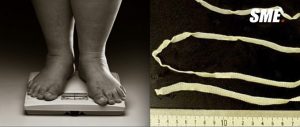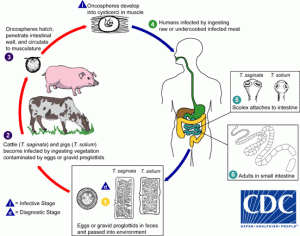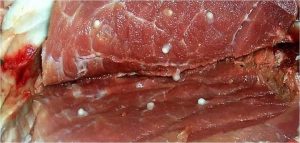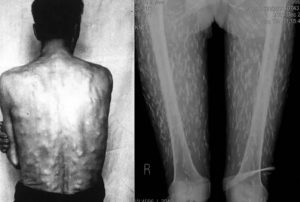Have you ever been too busy to eat? Have you been too lazy to cook and just ordered fast food instead? Well Soylent may have a solution for you.
Soylent is an unassuming, off-white meal replacement drink that claims to be “nutritionally-complete”. While many people may recognize the name from the 1970’s dystopian film “Soylent Green”, this version, however, fortunately isn’t made from people.
Source: Flickr Creative Commons
Soylent proudly markets its use of genetically modified organisms (GMOs) in its aim to feed people nutritiously, affordably, and sustainably. It also claims to not be designed for dieting, but to be a better alternative to eating junk food in busy situations. Sounds pretty good, but ever since its release in 2014, its reception has been fairly controversial.
Soylent products have received criticism from the science community. Nutritionist Fiona Lawson says that a processed, manufactured drink can’t possibly replace the “thousands of health-boosting vitamins” and nutrients from natural foods. Another nutritionist, Stacey Lockyer, argues that meal replacements should only be used occasionally for limited periods of time. Moreover, the drink was actually banned in Canada in 2017. It wasn’t recalled because it doesn’t pose any immediate health risks, but the Canadian Food Inspection Agency (CFIA) stated that Soylent did not meet the requirements of a meal replacement.
So who is actually drinking Soylent? The drink is hugely popular in the Silicon Valley, tech, and gaming sectors. Soylent can be frequently spotted as a sponsor for busy gaming livestreamers and hackathons, which are events where people program projects for 24+ hours. In these cases, the drink provides people with a healthier alternative to fast food and starvation. Furthermore, British Association for Nutrition and Lifestyle Medicine representative, Daniel O’Shaughnessy, describes Soylent as preferable to drinks such as Slimfast, because of Slimfast’s high amounts of sugar.
Little is known on the effects of consuming Soylent exclusively long-term. One 10-day study showed that participants who exclusively consumed Soylent had increased levels of good gut bacteria that reduce the risk of obesity. While promising, longer more comprehensive studies would be more useful.
Given the opportunity, would you try Soylent?
Katrina








